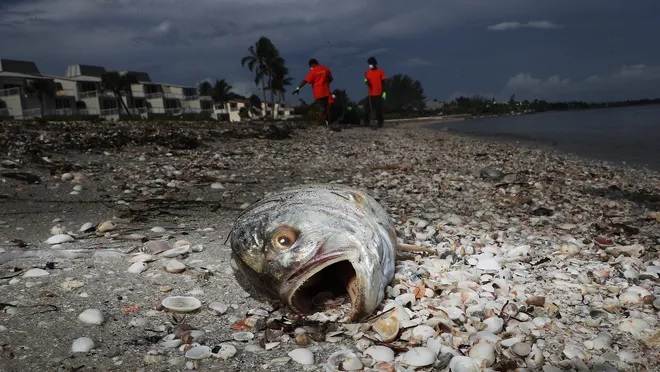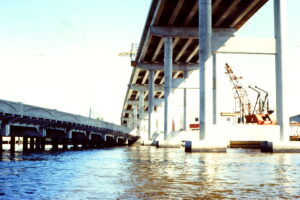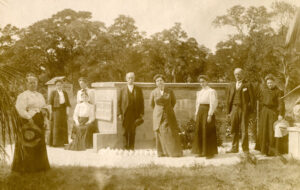Recently, the smell of dead fish has been a common occurrence along the Gulf coast. The culprit is red tide, a phenomenon caused by the proliferation of microscopic algae in the waters. Red tides are not a new problem as they were first recorded in the 16th century when Spanish explorers heard stories about the “red water” that resulted in the death of many fish and birds.
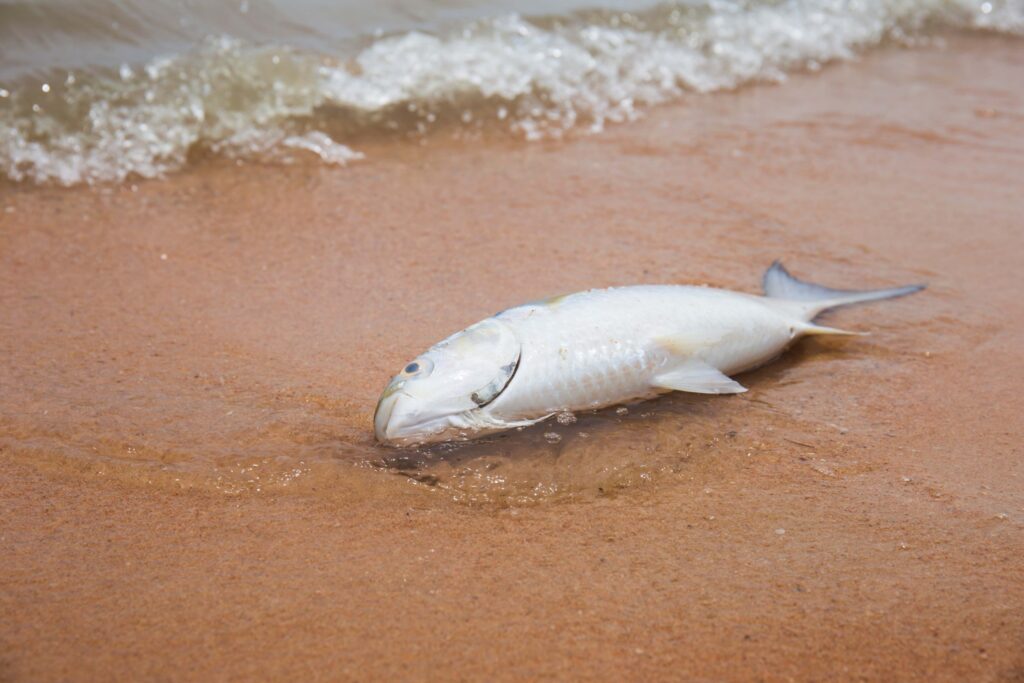
It wasn’t until 1844 that the first scientifically documented red tide outbreak occurred along the West Florida coast near Panama City. In 1878 Florida experienced a long period of red tide episodes that lasted for ten years. Two years later, birds began dying along the Gulf coast, and some believe this was related to red tide. In 1844, the first reported incident of a human becoming sick from eating infected shellfish was recorded in Florida. Over 100 years later, a massive red-tide bloom was experienced along the Gulf Coast that lasted over a year and destroyed the commercial fishing industry around the Panhandle. This outbreak was also responsible for killing the sponge beds near Tarpon Springs.
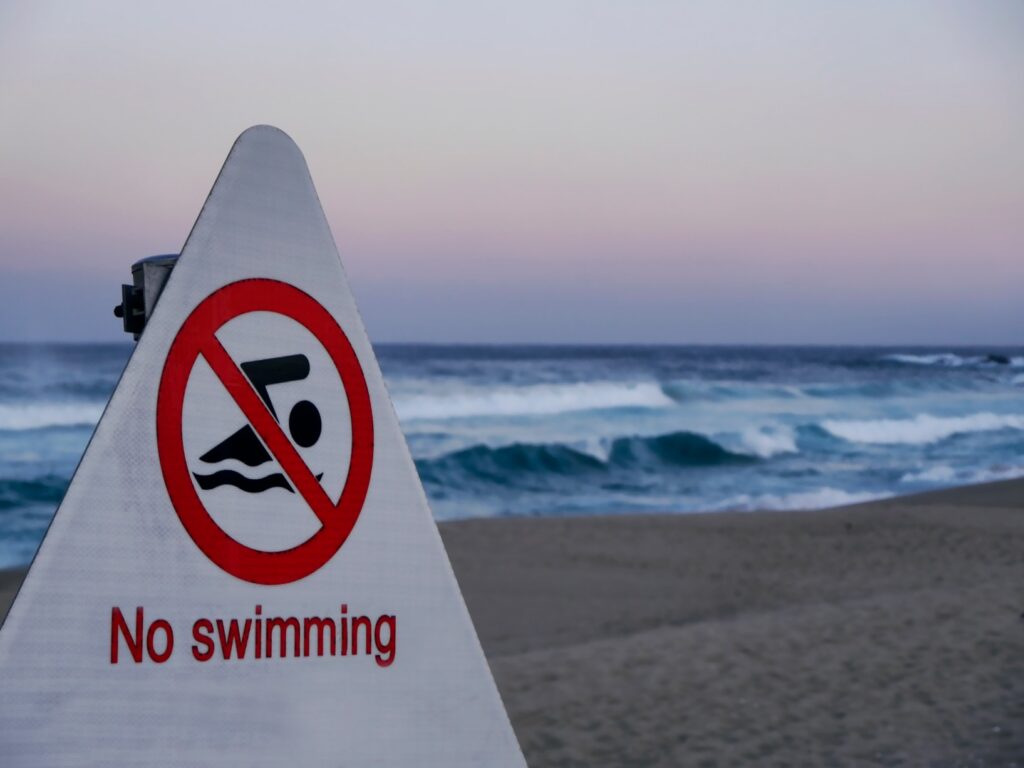
Time magazine reported, “The spray of the poisoned surf inflamed human throats and lungs. Tourists deserted the hotels; schools were closed; beach areas evacuated.” One of the Gulf Coast cities affected was Venice, site of the first documented evidence of red tide on the lower Gulf Coast.
The outbreaks continued into the 1950s when an 18 month episode haunted the Gulf Coast in 1953. Things calmed down for almost 40 years until a two year boom began in 1994, followed by a return in 1996 which affected the waters from Pinellas County to Key West and is blamed for the deaths of 238 manatees.
Since 1998, there has been an unbroken run of annual red-tide blooms that continued into the 21st Century. The 2001 outbreak caused the Apalachicola Bay to be closed to shellfishing, and in 2002, a bloom closed shellfishing from Napels to Nokomis and contributed to a 60 mile patch of black water in the gulf.
The first incidence of red-tide poisoning was found in 2003 in three dogs on Little Gasparilla Island. Three years later, a bloom lasted almost a year and caused a “dead zone” the size of Rhode Island on the Gulf floor.
After a brief respite, in 2006, red tide picked up again, causing state scientists to call the bloom that began in 2005 one of the two or three worst in Florida’s history.
In 2018, a massive red tide bloom along Florida’s southwestern coast killed 2,000 tons of marine life and caused $8 million in business losses.
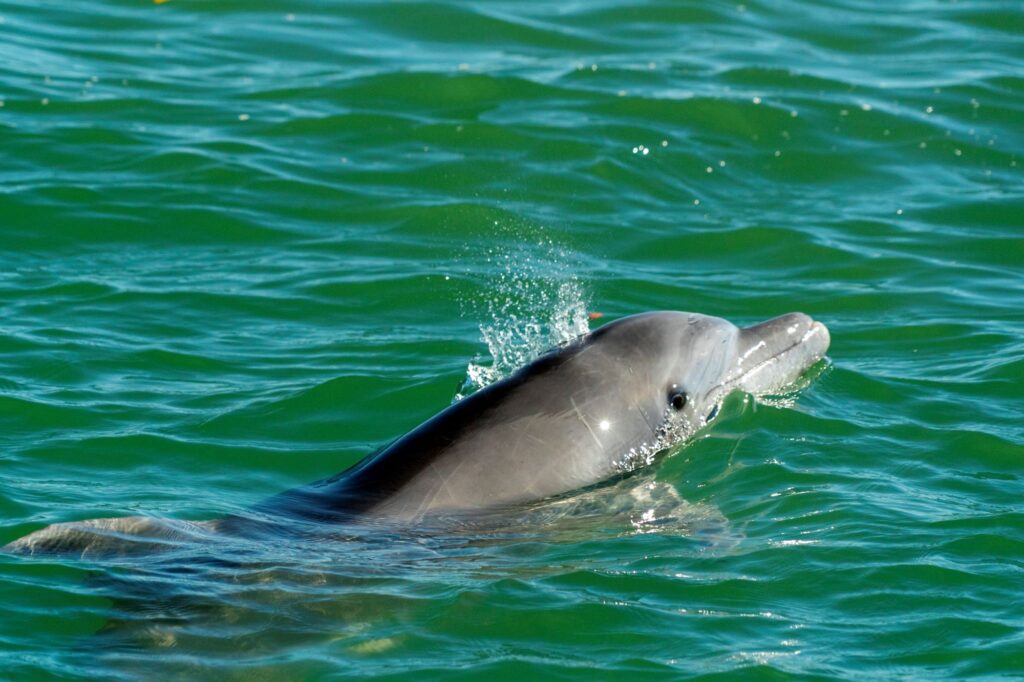
In 2018, 174 dolphins died between July 2018 and June 20, 2019 in Collier, Lee, Charlotte, Sarasota, Manatee, Hillsborough and Pinellas counties, according to the National Oceanic Atmospheric Administration. The reported deaths was considered an “unusually high mortality rate,” and many of the dolphins tested positive for the red tide toxin, NOAA reported
In 2020 there was a brief break in the red-tide blooms. However, that luck did not last as 2021 was a very bad year for red tide especially along Pinellas, Manatee, and Sarasota counties. Three hundred pound goliath groupers were being lifted off the beaches by backhoes and placed into dumpsters along with all kinds of other dead marine life.
According to the Tampa Tribune, “twenty-two days after Hurricane Ian made landfall, the first signs of a red tide bloom emerged on Florida’s Gulf Coast.” On Oct. 20 researchers documented medium levels of the organism that causes toxic blooms.
Until this time, Southwest Florida had gone almost a year without a major bloom. However, now, four months after first being noticed, red tide is raging from Pinellas County to Collier County. Thousands of pounds of dead fish are washing up on shore causing breathing problems for coastal residents.
Is it a coincidence that red tide shows up less than three weeks after Hurricane Ian slammed our coast? Experts say that red tide would be occurring with our without the storm; however, it is possible that the hurricane brought the bloom closer to shore.
Scientists do admit that toxic algae was really bad after Hurricane Charley in 2004 and Irma in 2017, but it is not possible to confirm a causal relationship. We do know that red tide generally occurs in late September or early October.
Red tide usually begins in late September or early October, just like it did this past fall. That happens to coincide with the height of the Atlantic hurricane season (federal meteorologists consider Sept. 10 to be the peak). There were already trace levels of the red tide-causing organism brewing two weeks before Ian’s landfall, more than 10 miles offshore of Collier County. It was out there, in small amounts though not yet a bloom, as early as Sept. 13, according to data provided by the wildlife institute.
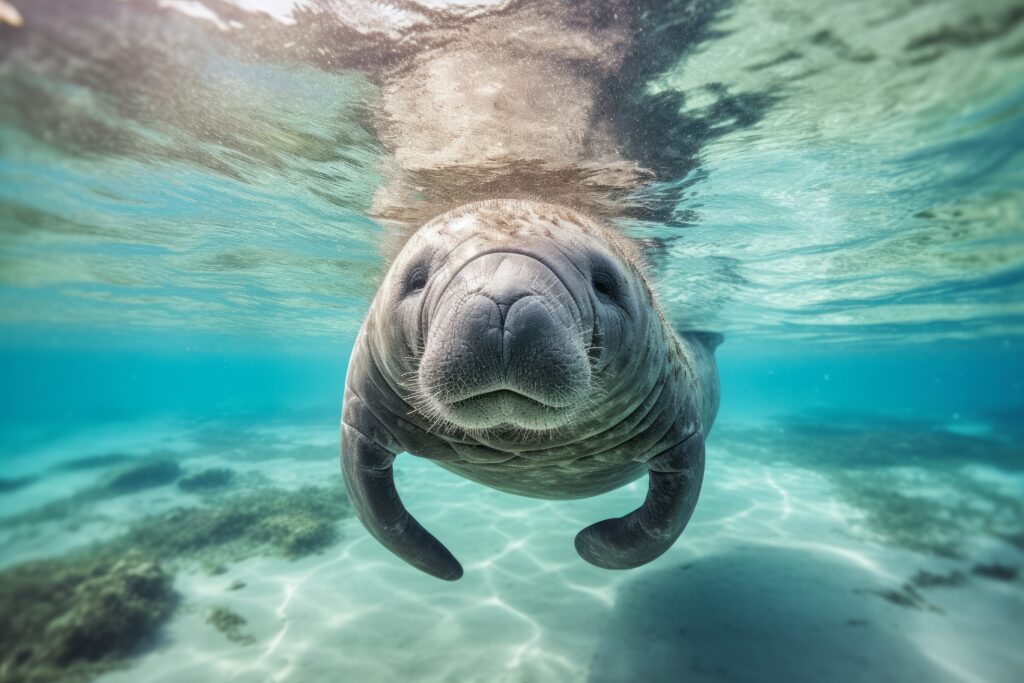
Most experts believe that red tide blooms are born offshore and, as time passes, they move closer to the beaches. The question remains whether Ian helped push the karenia brevis organism that causes red tide closer to the shore. Scientists think that Ian pushed the red tide into the shore, and when the winter cold fronts came through, that helped to move the red tide into the beaches. In other words, we would have had a red tide this year with or without Ian.
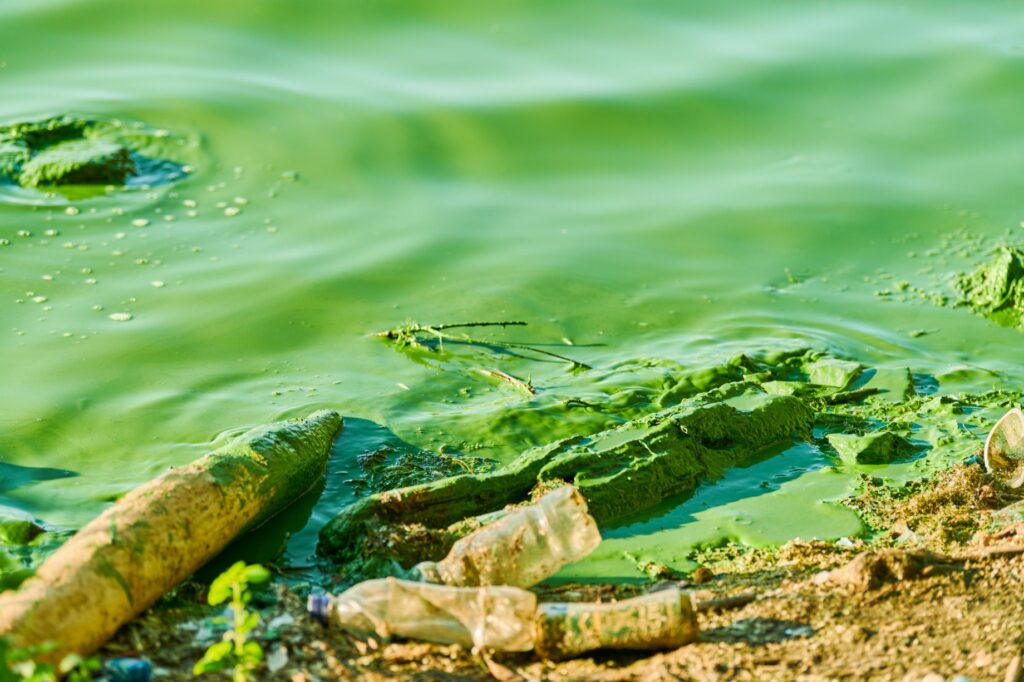
However, even though Ian did not “cause” the red tide, the polluted water that flowed off the land after Ian provided nutrients that red tide used to feed on. In contrast to harmless algae that floats around in our waters, Karena brevis swims up and down the water to find these nutrients. They also swim up to the surface where they find the light. They have one problem though. This type of algae does not do well in fresh water, so they can’t find the nutrients right after the storm. Instead, they need to wait until the water gets more salty. Once the freshwater mixes with the salt water, the Karenia brevis can move in and feed on the nutrients.
Richard Stumpf, an oceanographer at NOAA, believes that the red tide is persisting because the northerly winds that are common on our coast in the winter months have been weaker than average, and have not been able to keep the algae off shore. The southwest winds we have seen recently bring the bloom closer to shore.
